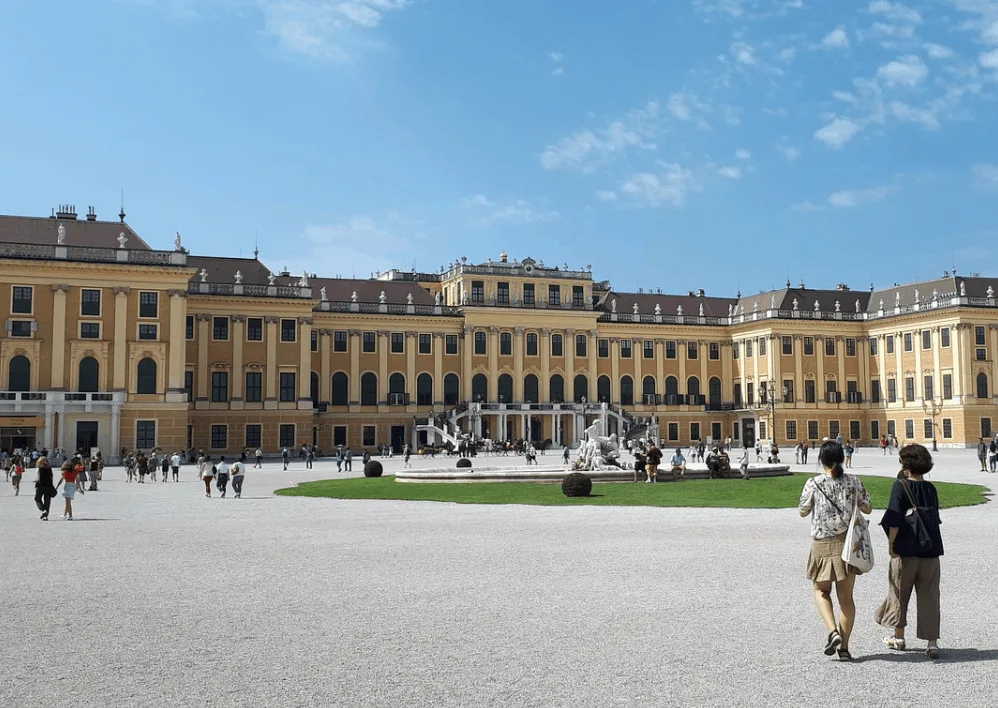This famous palace in Austria has a history of over 3 centuries.
In this post, you’ll discover the ultimate list of Schönbrunn Palace Facts, one of the most popular historic monuments in the capital of the country.
1. Schönbrunn Palace is located near Vienna’s historical center
Schönbrunn Palace is one of the most famous structures in Austria and it’s located just near the heart of the capital of the country, Vienna. It’s considered to be the most important architectural, cultural, and historic monument in the country.
The palace compound, including its immense garden, is massive and covers an area of 186.28 hectares (460.3 acres). It’s located just a few kilometers to the southwest of Vienna’s historic center in a district called “Hietzing.”

2. It was the summer residence of the House of Habsburg
The palace was the summer residence of the Habsburg Rulers for multiple centuries. The House of Habsburg is considered to be one of the most influential royal families in Europe.
In their glory days, they ruled over an extended area in Europe and continuously occupied the throne of the “Holy Roman Empire” which ruled over most parts of western and central Europe from 1440 until its dissolution in 1806.
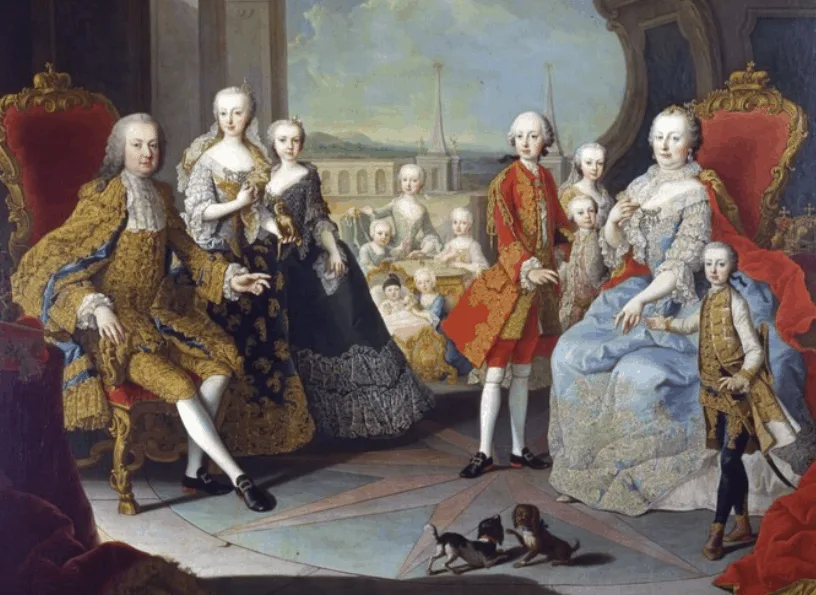
3. The area was originally the emperor’s private hunting ground
The land on which the palace was built used to be occupied by a large mansion referred to as “Katterburg,” which was built in the year 1548. It was Holy Roman Emperor Maximilian II who purchased the land including the mansion in 1569.
The idea was to populate the massive area with wild animals such as pheasants, ducks, deer, and boar, with the intention to create a private area for the royal family to hunt.
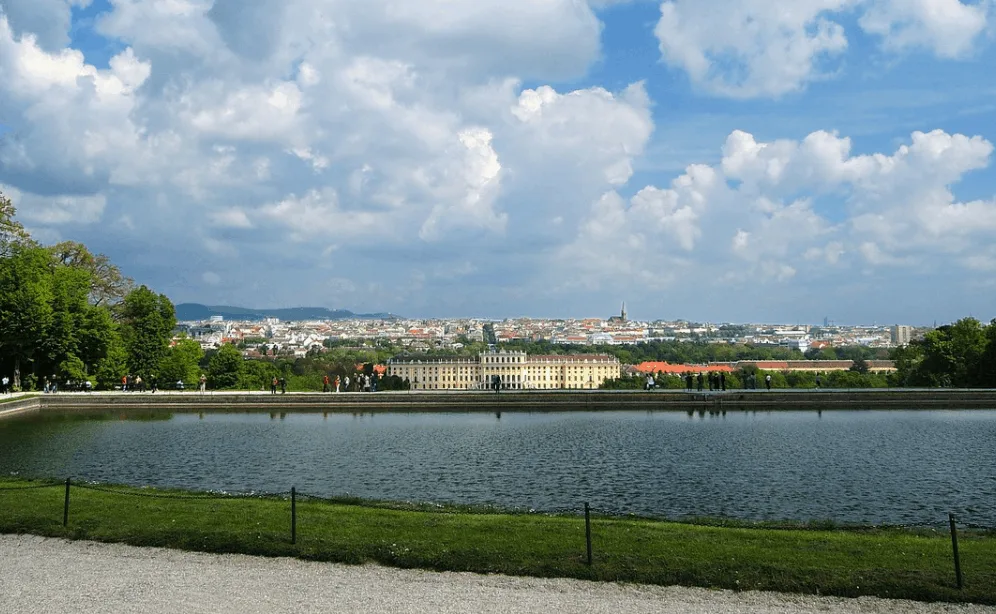
4. The original palace was constructed halfway the 17th century
It wasn’t until the next century though that the mansion was replaced with what would be the first palace constructed on the site. It was Empress Eleonora of Gonzaga, who enjoyed hunting as well, who constructed a “Château de Plaisance” on the site between 1638 and 1643.

She had inherited the land after the death of her husband, Holy Roman Emperor Ferdinand II, and this way she could spend more time in the area, while at the same time populating another area with more exotic animals such as turkeys and peafowl.
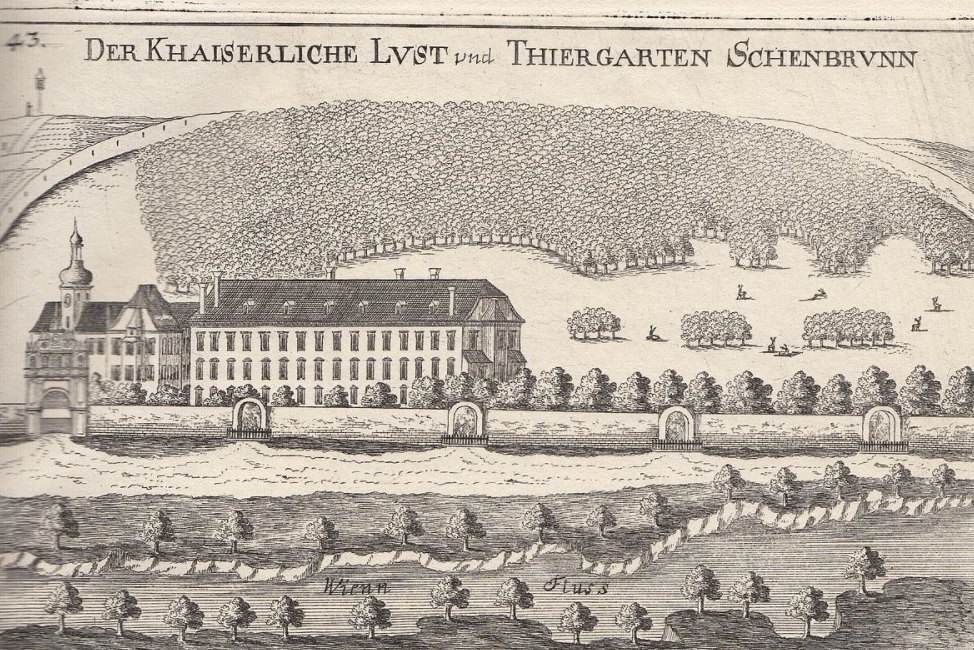
5. It was named after the source of water of the palace
The name of the palace is believed to date back to the 14th century when Emperor Matthias discovered a spring on the land on which the palace was built on.
“Schönbrunn” literally translates to “beautiful spring,” so the palace was simply named after the source of water used for the palace.
The first time the name “Schönbrunn” was actually used in writing was on an invoice dating back to 1642, around the time that the original palace was constructed.
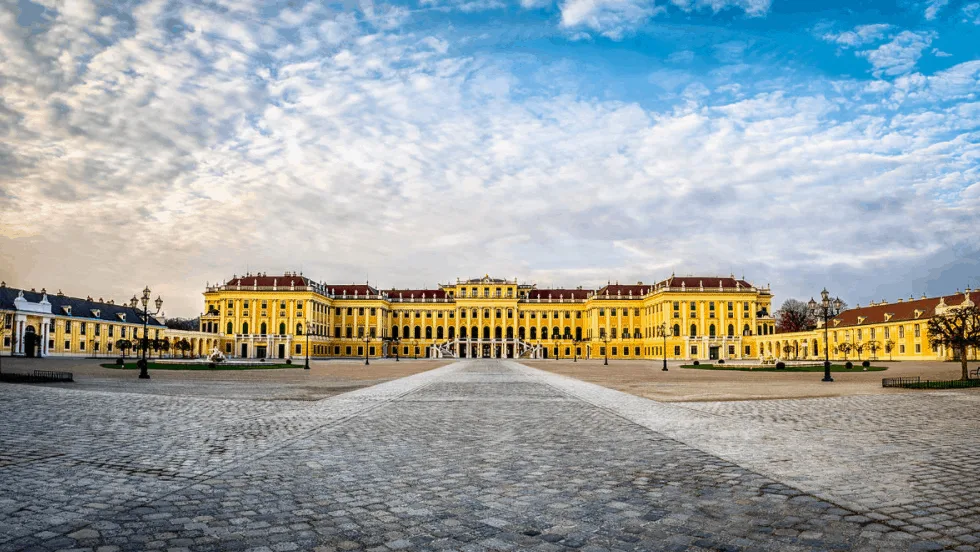
6. The current palace was built by a very powerful woman
The original palace built in the 17th century was remodeled in the Baroque style by architect Johann Bernhard Fischer von Erlach. Emperor Leopold I commissioned him to build an imperial hunting lodge for his son, Crown Prince Joseph.
The shape of the palace we see today was constructed in the 18th century by Empress Maria Theresa, the mother of equally famous Marie Antoinette who would become Queen of France, and the only female Habsburg Ruler and one of the most powerful women in Europe at the time.
Most of the construction took place during the 1740s and 1750s while the palace and its garden were continuously expanded and remodeled in the latter part of the century as well.
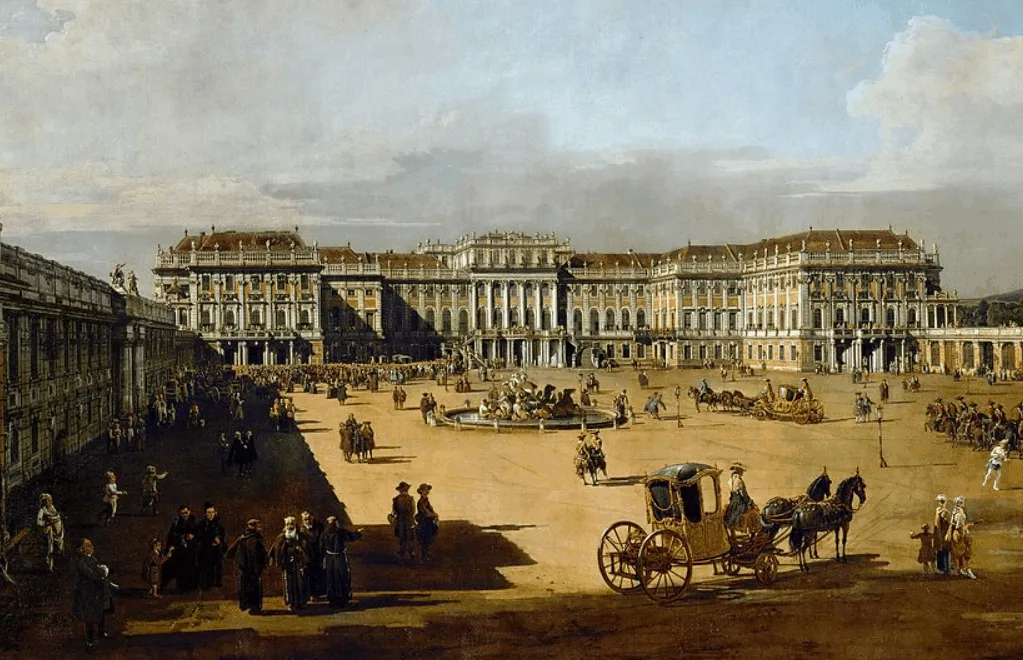
7. It was redecorated during an important period in European history
The final remodeling happened during the reign of Franz I, the final emperor of the Holy Roman Empire. He ruled from 1792 until August 6, 1806, when he abdicated as a response to the coronation of Napoleon Bonaparte as emperor of the French.
During the French Revolution, he commissioned the remodeling of the palace in the neoclassical style, which is for the most part how it appears today.
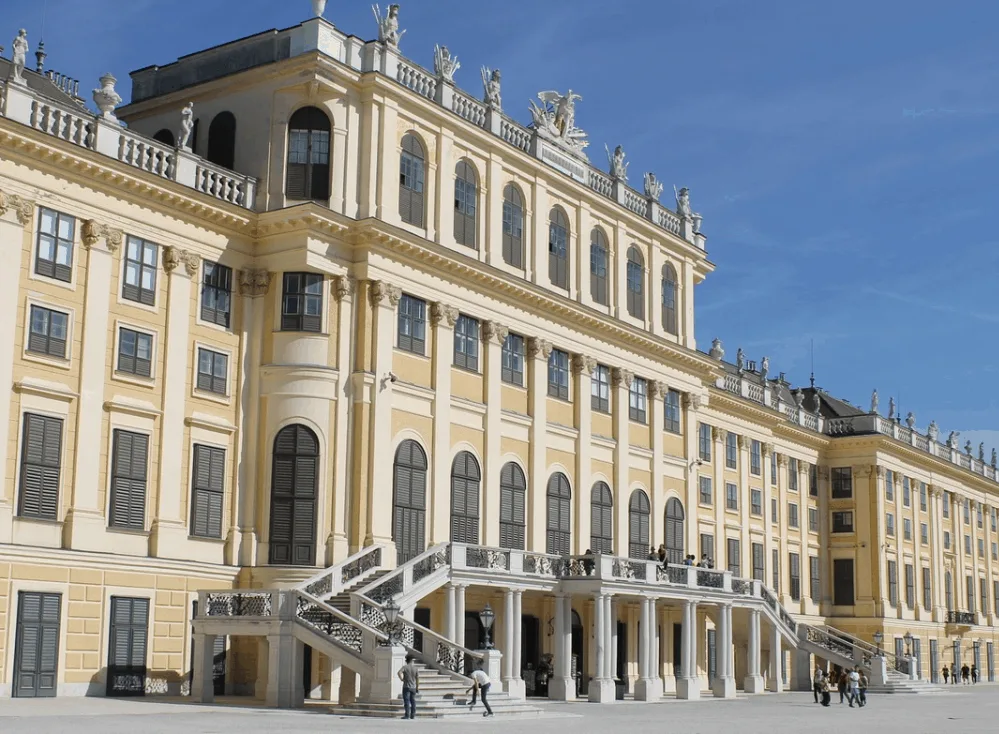
8. The number of rooms inside Schönbrunn Palace is simply astounding
There are a total of 1,441 rooms in the massive palace, including some of the most beautifully decorated rooms in the world. It has been the host to the leading statesmen of Europe for multiple centuries.
It was the main focus of the court life of the Habsburg Rulers and they welcomed their guests in the marvelous Royal Gallery, one of the most amazing rooms in the palace.

9. Part of the garden was designed by an admirer of a famous French landscape architect
The garden of Schönbrunn Palace is referred to as the “Great Parterre” and a large part of the garden was built in the French Style, resembling the immense garden at the Palace of Versailles.
The reason for this is simple. The main landscape architect was Jean Trehet who happened to be a great admirer of André Le Nôtre, the main landscape architect of Louis XIV of France!
The garden also contains a huge maze, about 32 sculptures, and numerous fountains. Some parts of it were turned into an English-style garden in the 19th century.

10. The garden of Schönbrunn Palace features an Orangerie
An Orangerie is a building where numerous types of fruit trees were planted and which were protected during the cold winter months. By building a large greenhouse, the palace could grow orange trees which would only grow in a warmer climate.
The Orangerie of the Schönbrunn Palace probably dates back to the 17th century, when the original palace was built but was seriously expanded during the reign of Maria Theresa in the 18th century.
The Orangerie is located in the northeastern part of the garden.

11. The hill featuring the gloriette was supposed to be the palace’s location
One of the most remarkable Schönbrunn Palace facts is that the original location of the palace is now occupied by one of the most prominent buildings in the garden, the so-called “Gloriette.”
This building was constructed by Maria Theresa and was built to glorify the empire and Habsburg Power, as well as the “Just War” they were fighting at the time.
Stones from the nearby “Schloss Neugebäude” were used to build this magnificent Gloriette on a 60-meter-high (200 feet) hill, overlooking the Neptune Fountain and “Great Parterre” below.
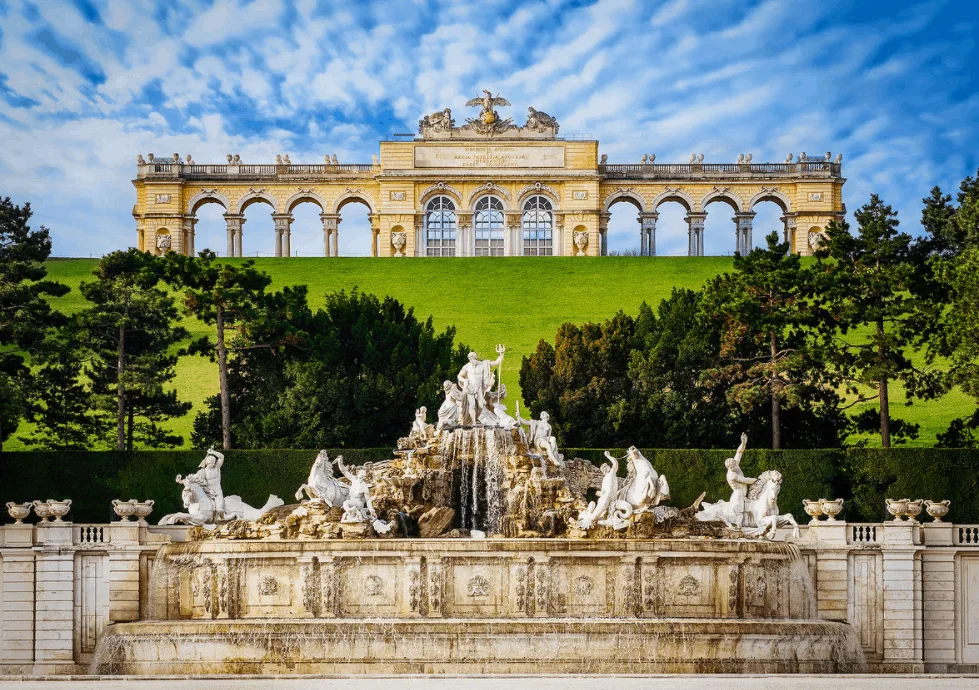
12. The Roman ruins in the garden aren’t real
One of the most peculiar Schönbrunn Palace facts is that it was actually a trend in the 18th century to construct so-called “follies,” which are basically fake architectural structures.
In this case, the fake elements were Ancient Roman Ruins, which were constructed in 1778 and referred to as the “Ruin of Carthage.” Today it forms a remarkable attraction in the garden of Schönbrunn Palace.
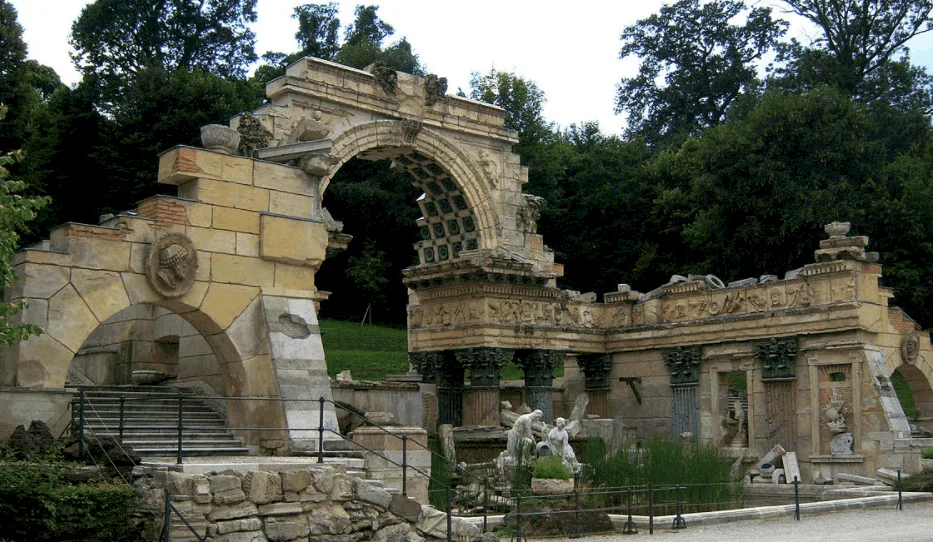
13. It houses one of the biggest botanical gardens in the world
The Palmenhaus Schönbrunn is a huge greenhouse that opened its doors in the year 1882 and is considered to be one of the largest botanical exhibits in the world.
One of the most fascinating Schönbrunn Palace facts is that it’s one of 4 greenhouses in the palace complex, and contains over 4,500 different types of plant species.

14. The oldest zoo in the world is part of the palace’s compound
Another one of those amazing Schönbrunn Palace facts is that it houses the oldest continuously operated zoo in the world, referred to as the “Tiergarten Schönbrunn” or simply the “Vienna Zoo.”
It was originally founded as an imperial menagerie in the year 1752 and still contains some of the Baroque buildings of this period, making it one of the most fascinating zoos in the world to visit!
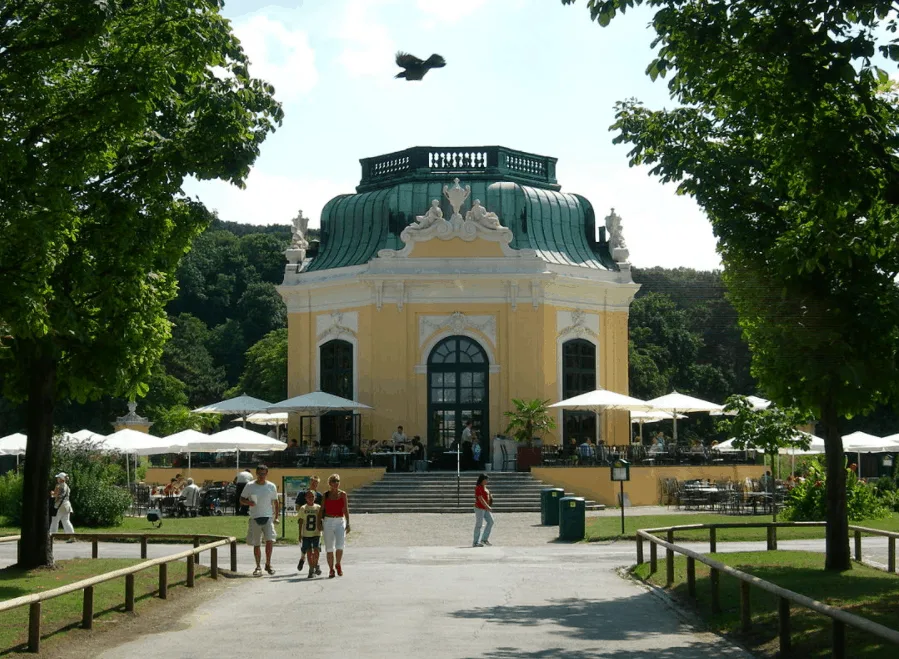
15. It’s a UNESCO World Heritage Site and the most popular tourist attraction in Vienna
UNESCO has included the Schönbrunn Palace in its World Heritage List in 1996, and the palace is the most popular tourist attraction in Vienna and all of Austria. It’s been owned by the Republic of Austria ever since 1918.
More than 5 million tourists from all around the world visit the palace and its many attractions every year, making it one of the most popular tourist attractions in all of Europe as well!
